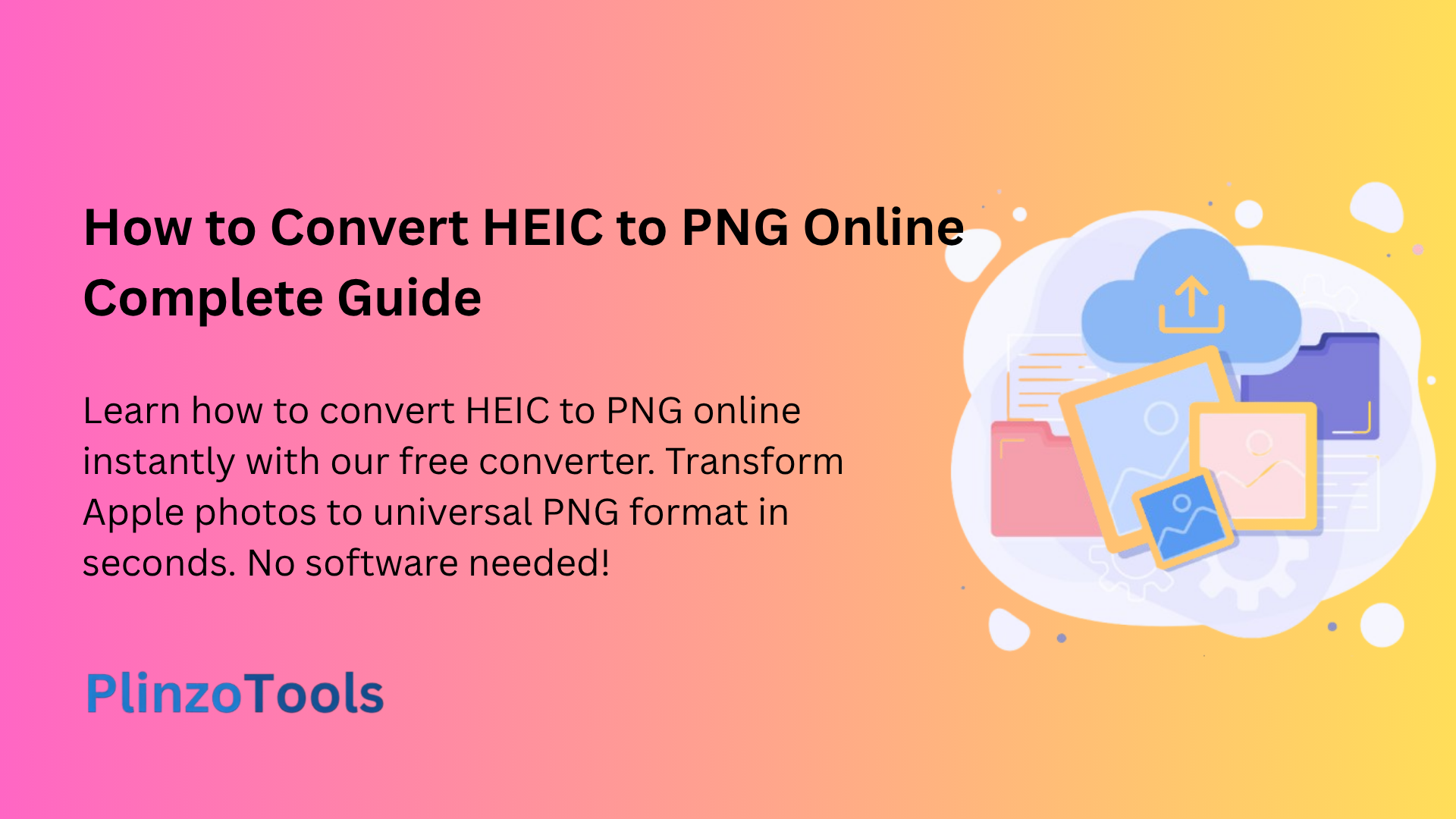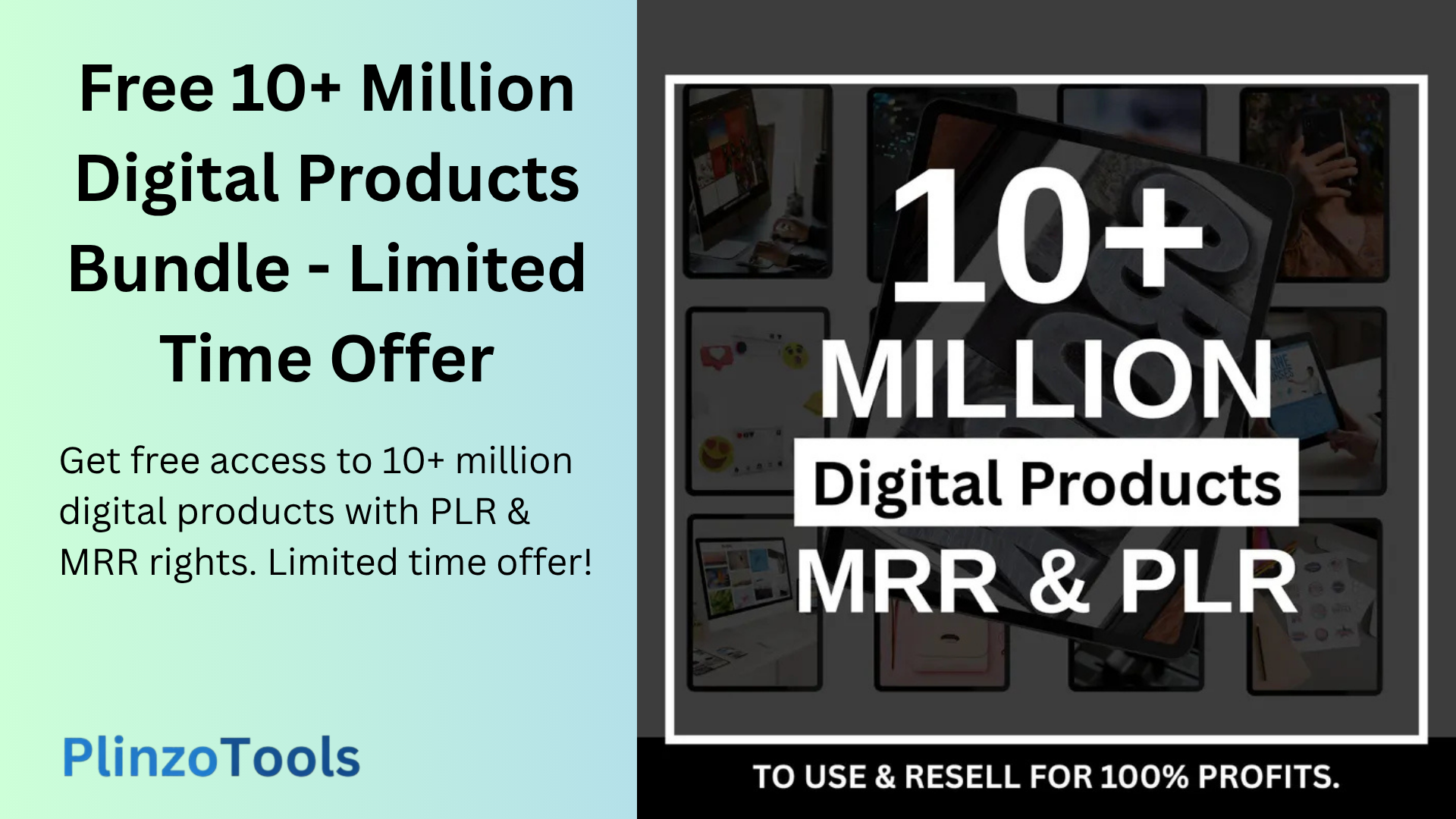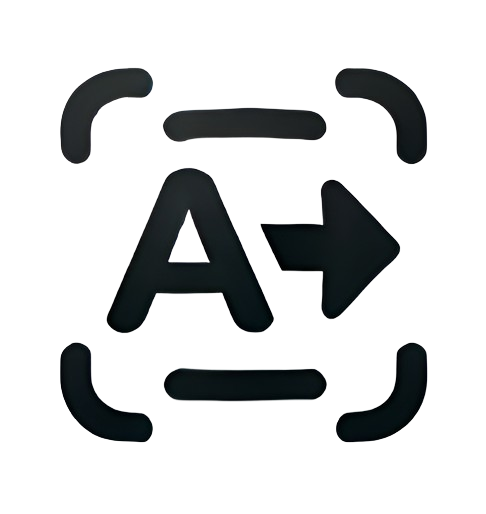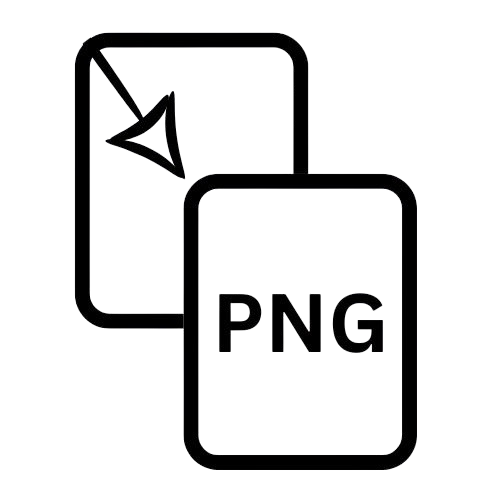
Google AdSense Blogging Guide: How to Build a Profitable Blog Through Ethical Content Creation
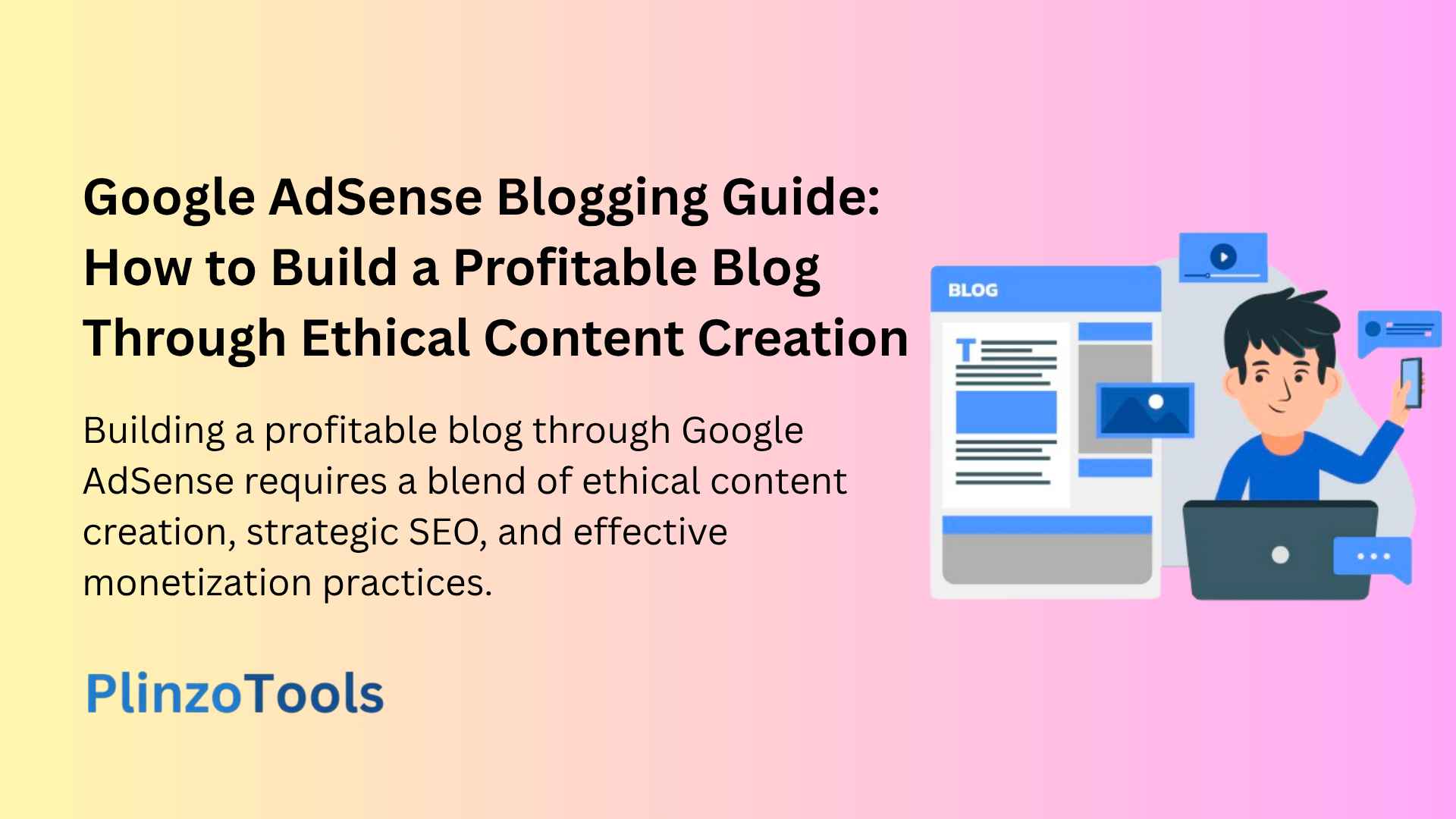
Google AdSense offers a compelling avenue for bloggers to monetize their content, but success hinges on more than just ad placement. In 2024, the blogging landscape demands a strategic approach that combines quality content with ethical practices and robust SEO. This guide dives into the fundamentals of building a profitable blog through Google AdSense, emphasizing sustainable strategies over short-term gains. Whether you’re a beginner or looking to refine your monetization methods, this article provides actionable insights to navigate the dynamic world of online content creation and revenue generation.
Understanding Google AdSense Fundamentals
Google AdSense is a program that allows publishers in the Google Network of content sites to serve automatic text, image, video, or interactive media advertisements, that are targeted to site content and audience. These ads are administered, sorted, and maintained by Google. It’s a simple way to earn money by displaying ads on your website.
What is Google AdSense?
Google AdSense is an advertising platform that enables website owners to earn revenue by displaying ads on their sites. Advertisers bid for ad space, and Google handles the ad serving, ensuring relevant ads are shown to your audience. This relevance is key to maximizing earnings.
- How it Works: Website owners insert a small piece of code provided by Google onto their site. Google then displays ads that are relevant to the content of the site and the interests of the visitors.
- Types of Ads: AdSense supports various ad formats, including text ads, display ads (images), video ads, and rich media ads.
- Payment Models: Earnings are typically generated through two primary models:
- Cost Per Click (CPC): You earn money each time a visitor clicks on an ad.
- Cost Per Impression (CPM): You earn money based on the number of ad views, regardless of clicks.
Eligibility Requirements
Before diving into AdSense, it’s crucial to ensure you meet the eligibility criteria. Google has specific requirements to maintain the quality of its advertising network.
- Age and Account: You must be at least 18 years old to participate in AdSense.
- Website Ownership: You need to own the website or have administrative access to its HTML source code.
- Content Quality: Your website must offer original, high-quality content that provides value and engages visitors. Plagiarized, scraped, adult material, or copyrighted content without permission are strictly prohibited.
- Technical Compliance: Your website should be easy to navigate, and comply with Google’s webmaster guidelines.
Setting Up Your Blogging Foundation
The foundation of a successful AdSense blog lies in selecting the right hosting platform and content management system (CMS). These choices impact your site’s performance, user experience, and ultimately, your earnings.
Choosing the Right Hosting Platform
Your hosting provider significantly affects your website’s uptime, loading speed, and overall performance. Here are a couple of recommended options:
- Bluehost: Officially recommended by WordPress.org, Bluehost offers affordable plans with features like a free domain, Cloudflare CDN, and support for essential WordPress plugins. Their basic plan starts at $1.99/month.
- AdSense Compatibility: Bluehost supports WP plugins like Advanced Ads for Google AdSense, making ad integration seamless.
- SiteGround: Known for its excellent customer support and uptime, SiteGround provides daily backups, free SSL, and easy integration with Google AdSense. Their start-up plan is priced at $3.99/month.
- AdSense Compatibility: SiteGround offers tools to optimize ads and regular updates to improve speed and performance.
Performance Considerations
- Uptime: Aim for a hosting provider with at least a 99.9% uptime guarantee to ensure your site is consistently accessible.
- Loading Speed: Faster loading speeds improve user experience and SEO rankings. A loading speed of under 1 second is ideal.
Content Management System Selection
- WordPress: WordPress is a popular choice due to its flexibility, extensive plugin library, and SEO-friendly structure. It allows for easy customization and integration with AdSense.
- Essential Plugins: Utilize plugins like “Insert Headers and Footers” to easily add the AdSense code to your site, and “Ad Inserter” for advanced ad placement options.
- Mobile Responsiveness: Ensure your website is fully responsive and optimized for mobile devices, as a significant portion of internet traffic comes from mobile users.
Ethical Content Creation Strategies
In the age of information overload, ethical content creation is not just a moral imperative but also a strategic advantage. Google prioritizes websites that offer original, valuable, and trustworthy content.
Moving Beyond Copy-Paste Blogging
Copy-pasting content without proper attribution is a dangerous game. It leads to legal issues, erodes trust with your audience, and ultimately harms your website’s reputation.
- Legal Implications: Plagiarism violates copyright laws and can result in lawsuits or DMCA takedown notices.
- Copyright Infringement: Using copyrighted work without permission can lead to hefty fines and legal action.
- Fair Use Guidelines: Understand the limitations of fair use. While it allows limited reproduction for criticism or education, it must be differentiated from outright plagiarism.
- Building Original Content Value: Focus on creating content that offers unique insights, solves problems, and engages your audience.
Developing Original Content
- Research Methodologies: Conduct thorough research to gather information from credible sources.
- Content Planning: Develop a content calendar to ensure a consistent flow of high-quality articles.
- Writing Techniques: Write in a clear, concise, and engaging style that resonates with your target audience.
- Proper Citation: Always cite your sources to give credit where it’s due and maintain transparency.
SEO Optimization for Maximum Visibility
Search engine optimization (SEO) is crucial for driving organic traffic to your blog. By optimizing your content for search engines, you increase your chances of ranking higher in search results and attracting more visitors.
Keyword Research Techniques
- Intent-Driven Analysis: Categorize keywords into informational, navigational, transactional, or commercial to align with user searches.
- Long-Tail Keywords: Target specific audience needs with long-tail keywords, which are less competitive and conversion-focused.
- Voice Search: Optimize for voice search by using natural language and conversational queries.
- Semantic Search: Incorporate related terms and LSI keywords to provide thematic depth around your primary topics.
On-Page Optimization
- Meta Elements: Optimize title tags and meta descriptions with compelling text and primary keywords.
- Header Tags: Use header tags (H1-H6) to structure your content hierarchically and reinforce search intent.
- Internal Linking: Connect authoritative pages within your domain to improve navigation and distribute PageRank.
- Content Organization: Organize your content logically with clear headings, subheadings, and bullet points to enhance readability.
Monetization Strategy Implementation
With a solid foundation in place, it’s time to implement your AdSense monetization strategy. Strategic ad placement and revenue diversification are key to maximizing your earnings.
Ad Placement Optimization
- Strategic Positioning: Experiment with different ad placements to find what works best for your audience. Common placements include above the fold, within the content, and in the sidebar.
- User Experience: Ensure ads are not intrusive and do not disrupt the user experience.
- Mobile vs. Desktop: Optimize ad placements for both mobile and desktop devices to cater to different user behaviors.
- Testing and Optimization: Use A/B testing to compare different ad placements and formats to identify the most effective combinations.
Revenue Diversification
- Affiliate Marketing: Promote third-party products or services and earn a commission on sales.
- Digital Products: Create and sell your own digital products, such as eBooks, courses, or templates.
- Subscription Models: Offer exclusive content or features behind a paywall through subscription models.
Performance Tracking and Growth
Monitoring your website’s performance is essential for identifying areas for improvement and scaling your AdSense earnings.
Analytics and Monitoring
- Key Metrics: Track metrics such as page views, bounce rate, time on page, and ad revenue to assess your website’s performance.
- Performance Tools: Use tools like Google Analytics and Google AdSense reports to monitor your website’s traffic and earnings.
- Revenue Analysis: Analyze your ad revenue to identify high-performing content and ad placements.
- Growth Tracking: Monitor your website’s growth over time to assess the effectiveness of your strategies.
Scaling Strategies
- Content Expansion: Expand your content library to attract more visitors and increase ad impressions.
- Traffic Growth: Implement SEO strategies and promote your content on social media to drive more traffic to your website.
- Revenue Optimization: Continuously optimize your ad placements and experiment with different monetization methods to maximize your earnings.
Conclusion
Building a profitable blog through Google AdSense requires a blend of ethical content creation, strategic SEO, and effective monetization practices. By focusing on original, valuable content, optimizing your website for search engines, and diversifying your revenue streams, you can create a sustainable online business. The future of AdSense blogging lies in providing genuine value to your audience while adhering to ethical standards and staying adaptable to the ever-changing digital landscape. Embrace these strategies, and you’ll be well-equipped to thrive in the world of online content creation and revenue generation.
You can also check PlinzoTools for more useful online tools for your daily work. They are all secure and free-to-use utilities. So, do give them a try!


